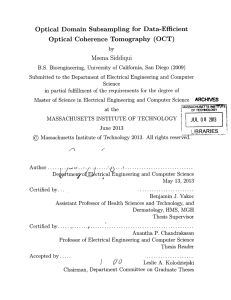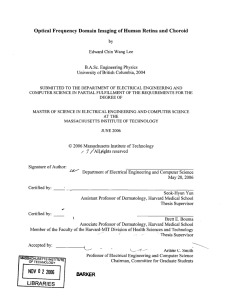Functional Optical Coherence Tomography for Neural Imaging
advertisement
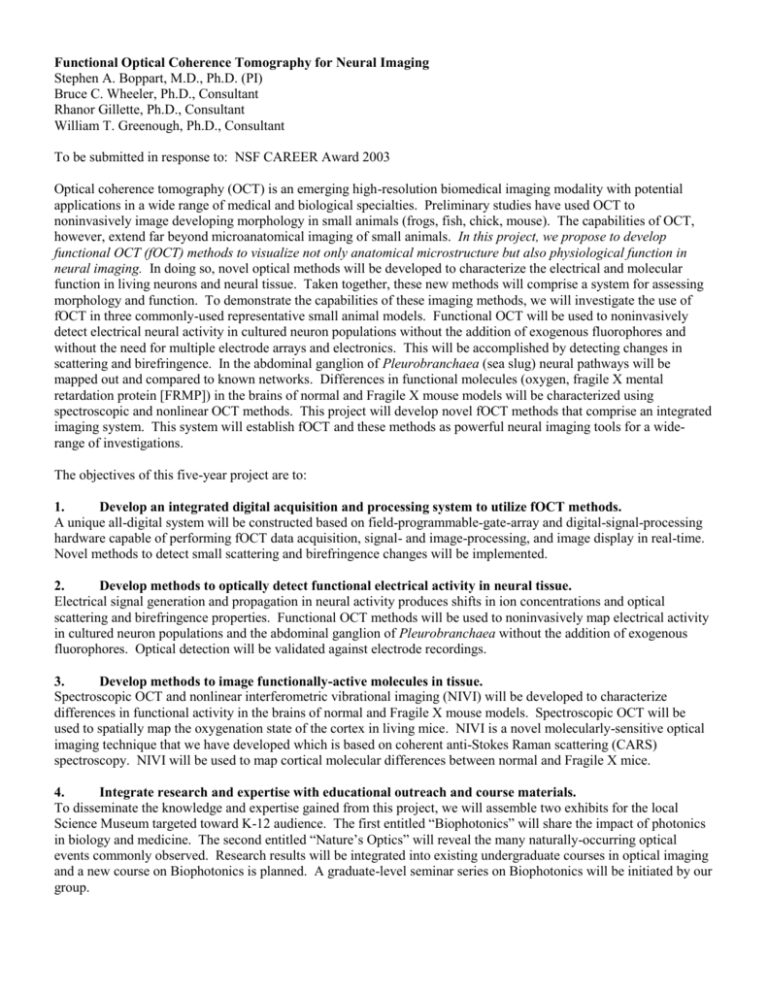
Functional Optical Coherence Tomography for Neural Imaging Stephen A. Boppart, M.D., Ph.D. (PI) Bruce C. Wheeler, Ph.D., Consultant Rhanor Gillette, Ph.D., Consultant William T. Greenough, Ph.D., Consultant To be submitted in response to: NSF CAREER Award 2003 Optical coherence tomography (OCT) is an emerging high-resolution biomedical imaging modality with potential applications in a wide range of medical and biological specialties. Preliminary studies have used OCT to noninvasively image developing morphology in small animals (frogs, fish, chick, mouse). The capabilities of OCT, however, extend far beyond microanatomical imaging of small animals. In this project, we propose to develop functional OCT (fOCT) methods to visualize not only anatomical microstructure but also physiological function in neural imaging. In doing so, novel optical methods will be developed to characterize the electrical and molecular function in living neurons and neural tissue. Taken together, these new methods will comprise a system for assessing morphology and function. To demonstrate the capabilities of these imaging methods, we will investigate the use of fOCT in three commonly-used representative small animal models. Functional OCT will be used to noninvasively detect electrical neural activity in cultured neuron populations without the addition of exogenous fluorophores and without the need for multiple electrode arrays and electronics. This will be accomplished by detecting changes in scattering and birefringence. In the abdominal ganglion of Pleurobranchaea (sea slug) neural pathways will be mapped out and compared to known networks. Differences in functional molecules (oxygen, fragile X mental retardation protein [FRMP]) in the brains of normal and Fragile X mouse models will be characterized using spectroscopic and nonlinear OCT methods. This project will develop novel fOCT methods that comprise an integrated imaging system. This system will establish fOCT and these methods as powerful neural imaging tools for a widerange of investigations. The objectives of this five-year project are to: 1. Develop an integrated digital acquisition and processing system to utilize fOCT methods. A unique all-digital system will be constructed based on field-programmable-gate-array and digital-signal-processing hardware capable of performing fOCT data acquisition, signal- and image-processing, and image display in real-time. Novel methods to detect small scattering and birefringence changes will be implemented. 2. Develop methods to optically detect functional electrical activity in neural tissue. Electrical signal generation and propagation in neural activity produces shifts in ion concentrations and optical scattering and birefringence properties. Functional OCT methods will be used to noninvasively map electrical activity in cultured neuron populations and the abdominal ganglion of Pleurobranchaea without the addition of exogenous fluorophores. Optical detection will be validated against electrode recordings. 3. Develop methods to image functionally-active molecules in tissue. Spectroscopic OCT and nonlinear interferometric vibrational imaging (NIVI) will be developed to characterize differences in functional activity in the brains of normal and Fragile X mouse models. Spectroscopic OCT will be used to spatially map the oxygenation state of the cortex in living mice. NIVI is a novel molecularly-sensitive optical imaging technique that we have developed which is based on coherent anti-Stokes Raman scattering (CARS) spectroscopy. NIVI will be used to map cortical molecular differences between normal and Fragile X mice. 4. Integrate research and expertise with educational outreach and course materials. To disseminate the knowledge and expertise gained from this project, we will assemble two exhibits for the local Science Museum targeted toward K-12 audience. The first entitled “Biophotonics” will share the impact of photonics in biology and medicine. The second entitled “Nature’s Optics” will reveal the many naturally-occurring optical events commonly observed. Research results will be integrated into existing undergraduate courses in optical imaging and a new course on Biophotonics is planned. A graduate-level seminar series on Biophotonics will be initiated by our group.



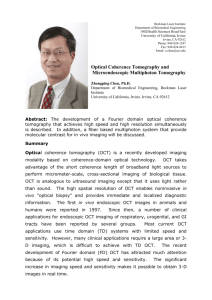



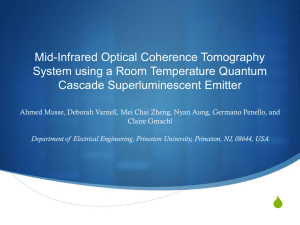
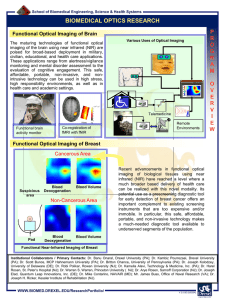
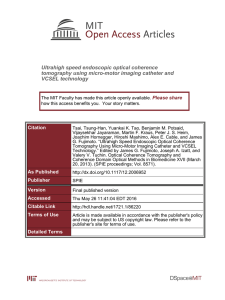
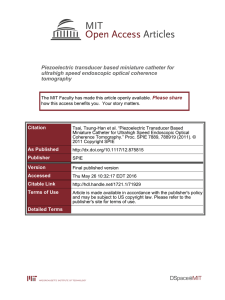

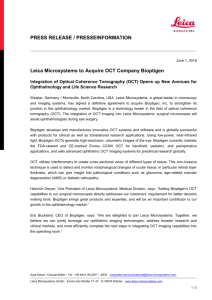
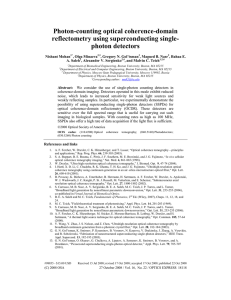

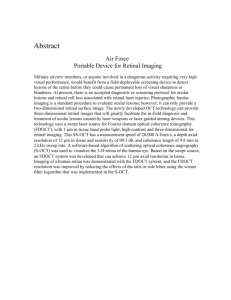

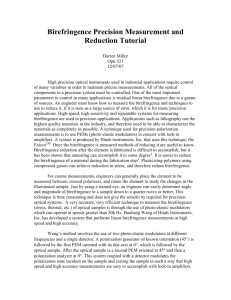
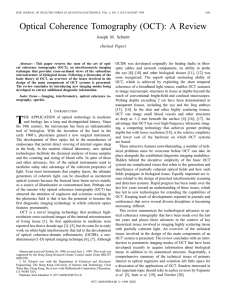
![[426] Zawadzki, R.J., Capps, A.G., Kim, D. - IDAV](http://s3.studylib.net/store/data/007086561_1-9563129ba6f8af02a9043e5458a395bf-300x300.png)
